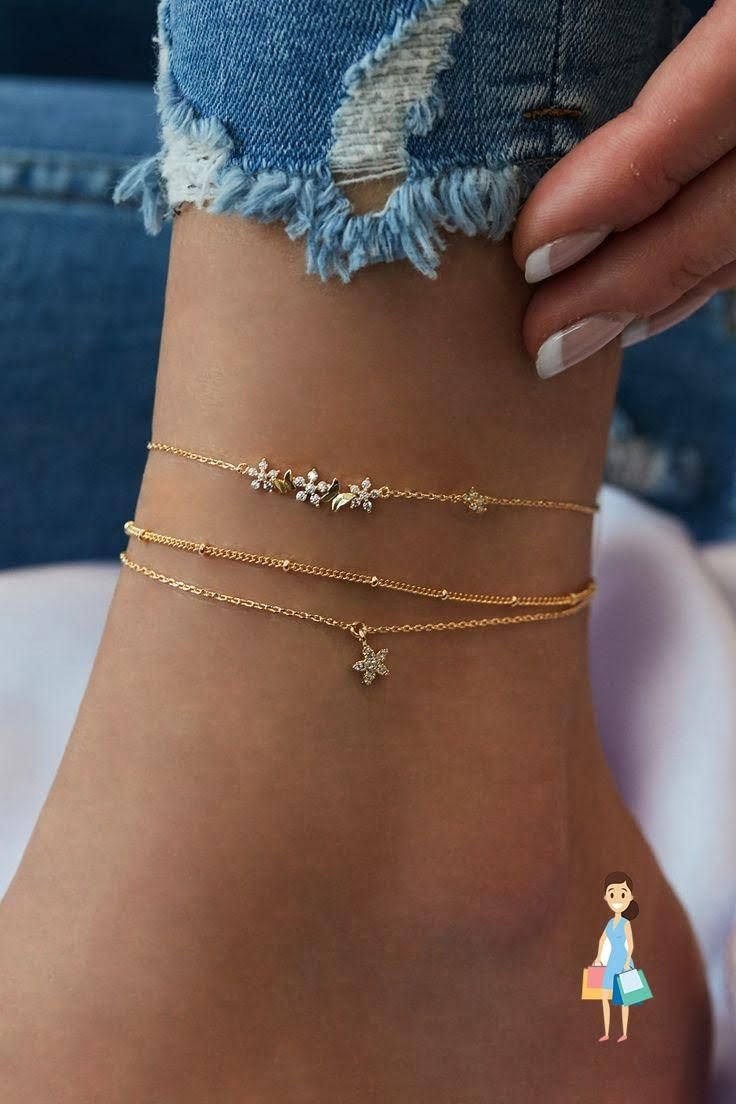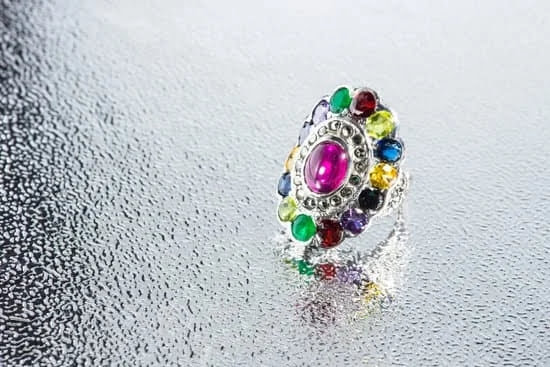Introduction
Bakelite jewelry is known for its timeless elegance and timeless beauty. From the 1920s to today, it has been a fashion favorite, beloved by everyone from socialites to celebrities. But what many people don’t know is that some Bakelite jewelry can contain bubbles. These small imperfections are often treasured by collectors, but are not necessarily desirable for everyday wear. Let’s explore how these bubbles form and why they’re sometimes present in Bakelite pieces.
Bakelite is created when two liquid resins form a hard plastic-like material through a process called polymerization. During the mix of these materials, tiny air bubbles may be formed as some of the air inside the material becomes trapped and solidifies with the resin mix. Over time, these air pockets expand with temperature changes causing them to become visible on the surface. While this effect can give the piece an attractive texture, it can also make it weaker and more likely to crack or break if mishandled.
Collectors often look for Bakelite items which have caught large amounts of these “burnt” or “frozen” bubbles because they provide an interesting and unique look that other pieces lack. Unfortunately these pieces aren’t always durable enough for everyday use due to their weaker structure caused by trapped air pockets, although they can still be admired as artfully crafted vintage trinkets in addition to being respected as unique collectibles.
For those seeking Bakelite jewelry with no bubbles present at all, there are a few techniques which can help ensure this outcome when purchasing items online or through antique shops and thrift stores: looking for extra smooth surfaces on the item; contacting experienced retailers; researching sellers who specialize in bakelite pieces; and determining if any of the radiating circles are evident around the item – which happens when too much heat was applied during production, and causes fissures along its edges which weaken integrity over time – should all be considerations before bringing home Bakelite finds from years past.
What Makes Bakelite Jewelry Unique?
Bakelite jewelry is notable in that it has the ability to imitate many varieties of material such as wood, ivory, and metal. This makes it exceptionally versatile, as artists can create unique pieces with entirely different looks and textures by molding Bakelite into whatever shape they desire. It also durable, so it won’t tarnish or break easily like other materials or jewelry. That being said, one thing that sets Bakelite jewelry apart from other types of jewelry is its bubble formation; when the plastic is heated in a mold or thrown against another hot surface in the forming process, tiny bubbles form on the surface of the material where air escapes from within. The distinct look of these bubbles make each piece of Bakelite jewelry truly unique and gives it an interesting texture that no other type of material can produce.
How to Identify Genuine Bakelite Jewelry?
Yes, there are bubbles present in Bakelite jewelry. Typically, parts such as pins and brooches that were produced via injection-molding before the 1940s will often contain multiple bubbles beneath the polished surface. These were caused by air trapped in the mixture of material used to create Bakelite. In more modern pieces, air bubbles can still occur but they will be much fewer since the injection molding process has improved over time.
To identify genuine Bakelite jewelry, look for a buttery-yellow hue and an even texture throughout its surface. Furthermore, try scratching it with a dull object such as a coin to see if it leaves behind a plastic dust residual. This dust is unique to Bakelite and cannot be found in pure ivory or celluloid materials which are often mistaken for it. Additionally, you can check for an alpha-numeric code inscribed on the backside of a select range of Bakelite pieces – typically between 1938–1939 during World War II – that can denote authenticity. Finally, you can use a blacklight to see whether or not the jewelry fluoresces: true Bakelite will glow bright orange!
What is the Mystery Behind the Bubbles in Bakelite Jewelry?
Bakelite jewelry has become highly sought after in recent years due to its unique, dazzling colors and intricate designs. But what is truly fascinating about Bakelite jewelry is the mysterious bubbles that are often suspended in the material. What causes these bubbles to form?
Experts believe that the bubbles are caused by a reaction between the molecules of phenol (a material found in Bakelite) and formaldehyde when heated during production. This reaction produces an odorless gas which results in microscopic air pockets surrounded by solidified plastic. The combination of gas and solids adds a beautiful, three dimensional effect to this vintage jewelry.
The gases released during Bakelite’s creation also react with certain coloring agents and light-absorbing chemicals known as dyes or colorants, causing marbled patterns or “swirls” in necklaces or bracelets. As such, some pieces of Bakelite jewelry feature two different colors trapped within one piece – further adding to the charm of this type of collectible jewelry item.
How Do the Bubbles Affect the Look of Bakelite Jewelry?
Bubbles in Bakelite jewelry can be caused by a few different factors. One possible cause of bubbles is overheating the Bakelite material during manufacturing. This can cause the molecules in the material to expand, leading to air pockets or bubbles along with cracking and discoloration. Another reason could be contamination in the Bakelite mixture itself, which can cause its molecules to become unstable and react with air and other elements.
The look of Bakelite jewelry depends heavily on how extensive these bubbles are. Small imperfections may add character to an item, while larger ones can distract from its overall design. If it’s severe enough, a large bubble can even render a piece unsafe for wearing. Additionally, bubbles often weaken the structure of Bakelite jewelry by creating weak spots in areas where the air pockets have formed.
How Can You Preserve Your Bakelite Jewelry?
Bakelite jewelry is a unique and collectible form of plastic jewelry that was created in the early 20th century. While they do not contain any air pockets like the kind found in glass or crystal, certain pieces of Bakelite jewelry may contain bubbles within their compositions. The occurrence of bubbles tends to be more common in vintage pieces due to the less advanced manufacturing techniques that were used decades ago.
In order to preserve your Bakelite jewelry as best as possible, it is recommended that you keep your pieces away from direct sunlight, extreme temperatures, and other elements that may cause them to discolor or degrade. It is also advisable to store the items in a dark and dry place away from humidity. Additional tips for taking care of Bakelite jewelry include avoiding contact with harsh chemicals (such as perfumes and lotions), avoiding unnecessary handling, and cleaning with a soft cloth when needed.
Conclusion
Bakelite jewelry has become increasingly popular in the world of vintage fashion. While the rarity of certain pieces make them expensive, Bakelite jewelry is often considered to be a smart financial investment as they tend to hold or even increase their value over time. However, it is not just their financial worth that draws admirers; many people have come to appreciate this style of artistry for its unique features and wonderful texture. Despite its age and fragility, Bakelite jewelry remains beautiful due to its well-crafted design and exquisite craftsmanship. With careful handling, this type of jewelry is sure to last a lifetime, providing pleasure and admiration with every appearance. It’s safe to say that while there might not be any bubbles present in Bakelite jewelry, one can find plenty of beauty from it all the same.

Welcome to my jewelry blog! My name is Sarah and I am the owner of this blog.
I love making jewelry and sharing my creations with others.
So whether you’re someone who loves wearing jewelry yourself or simply enjoys learning about it, be sure to check out my blog for insightful posts on everything related to this exciting topic!





